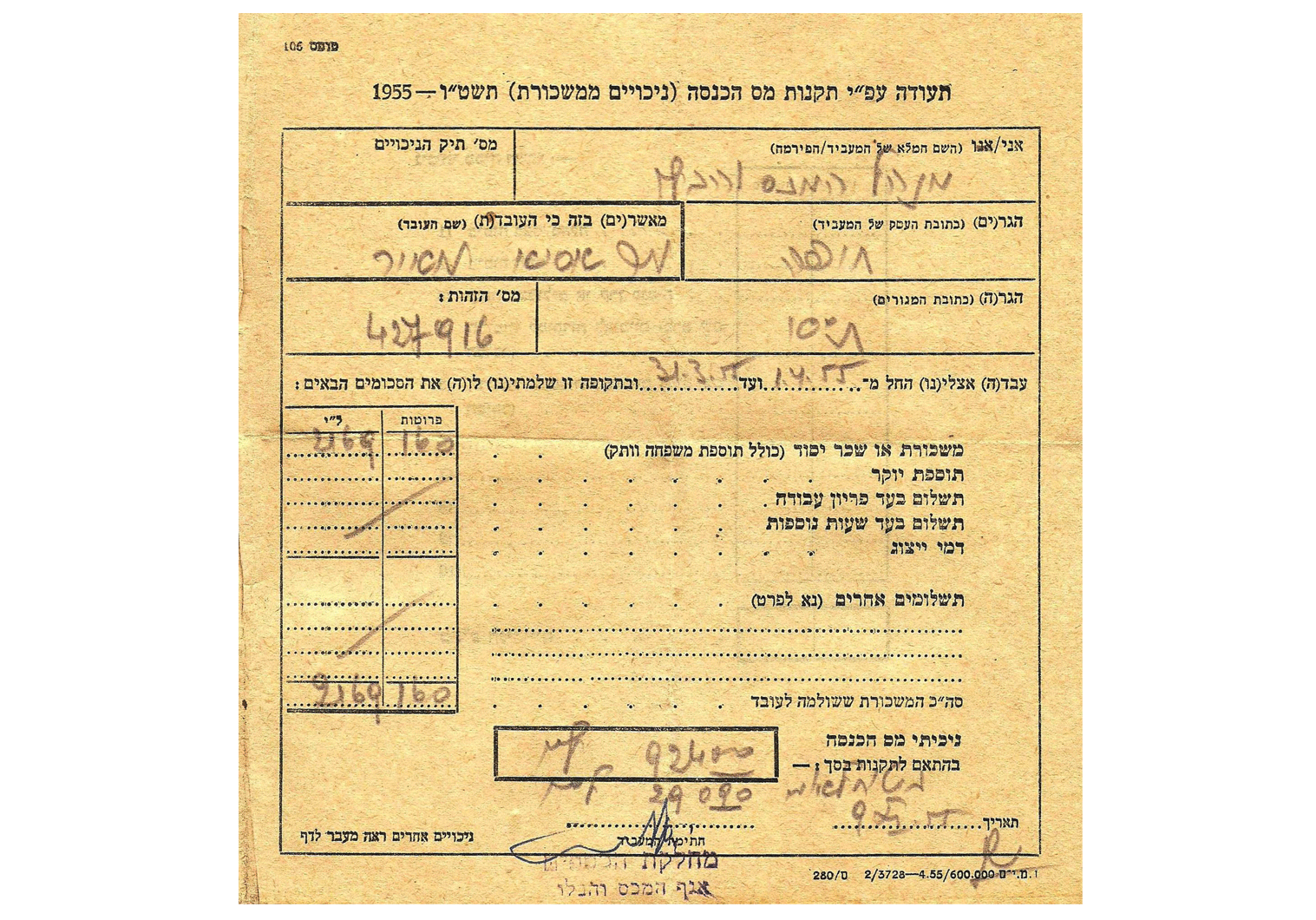WW2 related Siamese document
1941 ID issued to a Jewish merchant.
This is one of the most intriguing and unique items relating to the Second World War that I have seen, and though it was not a passport, it would still fit nicely into the category of travel related material and is extra special because it was also issued during the period which fascinates me and other collectors as well the most.
The document here, as mentioned above, is not a passport but actually an immigration related identity document, issued with connection to a passport being used when entering or exiting the country. It would have been presented TOGETHER with the travel document at border inspections and marked as well inside, indicating status of the holder in the country each time it was used.
The ID here was issued during the war by Siam, today known as Thailand.
Before we try to understand more about the document, we will have to get some idea of the country’s role during the war. Following Frances defeat to Nazi Germany in June of 1940 the ruling leaders of the Asian country took measures to reclaim land that was lost in previous conflicts with the colonial European power, many years earlier (in the 1930’s the Thai government was headed by the army’s chief of staff Plaek Phibunsongkhram (1938-1944), also known as Phibun). The government opted for a neutral policy at first, but this all changed following the country’s invasion and ultimate occupation by Japan in December of 1941. It was more logical, it seemed, to avoid joining the Allies with the battle against Axis Japan than fighting the empire itself, thus cooperation was chosen at the end: Japan was allowed to move its troops into the country and form military bases for them, and in return Thailand managed to keep its armed forces intact and also maintain its control of the internal matters of the country as well. The relationship between Japan and Thailand was not as it was with Manchuria, preferring to some sort of bilateral cooperation, similar to that of Nazi Germany and its central European partners. During the war the country was nicknamed the “Italy of Asia” (the declaration of war from January 25th 1942 on the United States and the United Kingdom was actually ignored at the end after the war ended). The situation in the country changed further once a large strong anti-occupation movement was established under the leadership of Pridi Banomyong, with close to 90,000 strong fighters at its peak. Guerrilla fighting and resistance to the Japanese and its cooperative government lasted for about 2 years, resulting with the toppling and downfall of Phibun in 1944 (with the aid of the allies). Thailand’s military death numbered close to 5,569 and was not severely dealt with after the war for its role with Japan. In 1954 the Southeast Asia Treaty Organization was signed by Thailand and the US, making sure it would be a strong partner with the West for many years to come.
Back to the identity document in this article.
The document was issued to Jewish merchant Yehuda Asahut (name pronunciation is not that clear from the document though) on July 23rd 1941 at Bangkok. From the document we can learn that he was 29 years of age from Bagdad, Iraq. He entered Thailand around June 12th, using an Iraqi passport numbered 96/1941 being issued earlier that year on January 23rd. His place of residence is indicated, first, at 2880 Banglak, then moving to Krong Taly. From later page annotations we can also learn that he was moving and traveling back and forth to Baghdad and Bangkok, using his passport and this immigration issued ID to indicate such movements each time he left and returned to the Asian country. One last note: he was dealing and selling of clothing and fabrics at the Ratchawong Pier.
The additional annotations are mainly for paying the annual fees and revenues and extension of residence and additional permits required at the time. The 1955 Israeli tax related document came together with the identity document, so it can be assumed it was the individuals as well.
I would be more than happy if anyone could shed some more light to the document and its markings inside, this would be of great assistance.
Thank you for reading “Our Passports”.









